► Maserati’s smaller Grecale SUV driven
► Giorgio platform shared with Alfa Stelvio
► Modena and Trofeo models tested in the UK
Must be tricky trying to get into a popular party when so many others have been there for ages. That’s the uphill battle the Grecale faces, as Maserati enters a big segment full of big players.
But Maserati isn’t jumping in without full commitment, offering a range of different powertrain options, luxury car-spec materials and design, as well as a bit of Maserati heritage thrown in for good measure.
At a glance
Pros: Communicative steering, very refined at speed, spacious, charming, sounds good
Cons: Weird or irritating interior quirks, not quite as good to drive as a Macan, relaxed gearbox
What’s new?
The whole thing is, really. The Grecale is an entry into a new segment for Maserati, throwing its hat into the ring of that hotly contested medium-ish premium SUV market that so many of us spend a lot of money in.
The car itself, mind, is a mix of new and familiar. Naturally, the car’s exterior design is all Maserati, as is a lot of its interior, but it shares the ex-Fiat Chrysler Automobiles Giorgio platform with the Alfa Romeo Stelvio SUV and Giulia saloon. There’s some engine sharing, too, either using the same mild hybrid four-cylinder found in the Ghibli, or a detuned version of Maserati’s glorious new Nettuno V6. Some tech is shared with other cars at the Italian end of the Stellantis spectrum, with the infotainment also being used in the Fiat 500e (albeit with Maserati graphics and some extra functionality).
What about the specs?
There are three specifications available for the model that uses an engine, rather than electric power.
At the sensible end of the range is a pair of mild-hybrid enhanced turbocharged 2.0-litre four-cylinder engines with 296bhp in the GT or 325bhp in the Modena. Alternatively, the Grecale Trofeo comes with a detuned and wet-sumped version of the MC20’s Nettuno twin-turbo V6 with a still-mighty 523bhp.
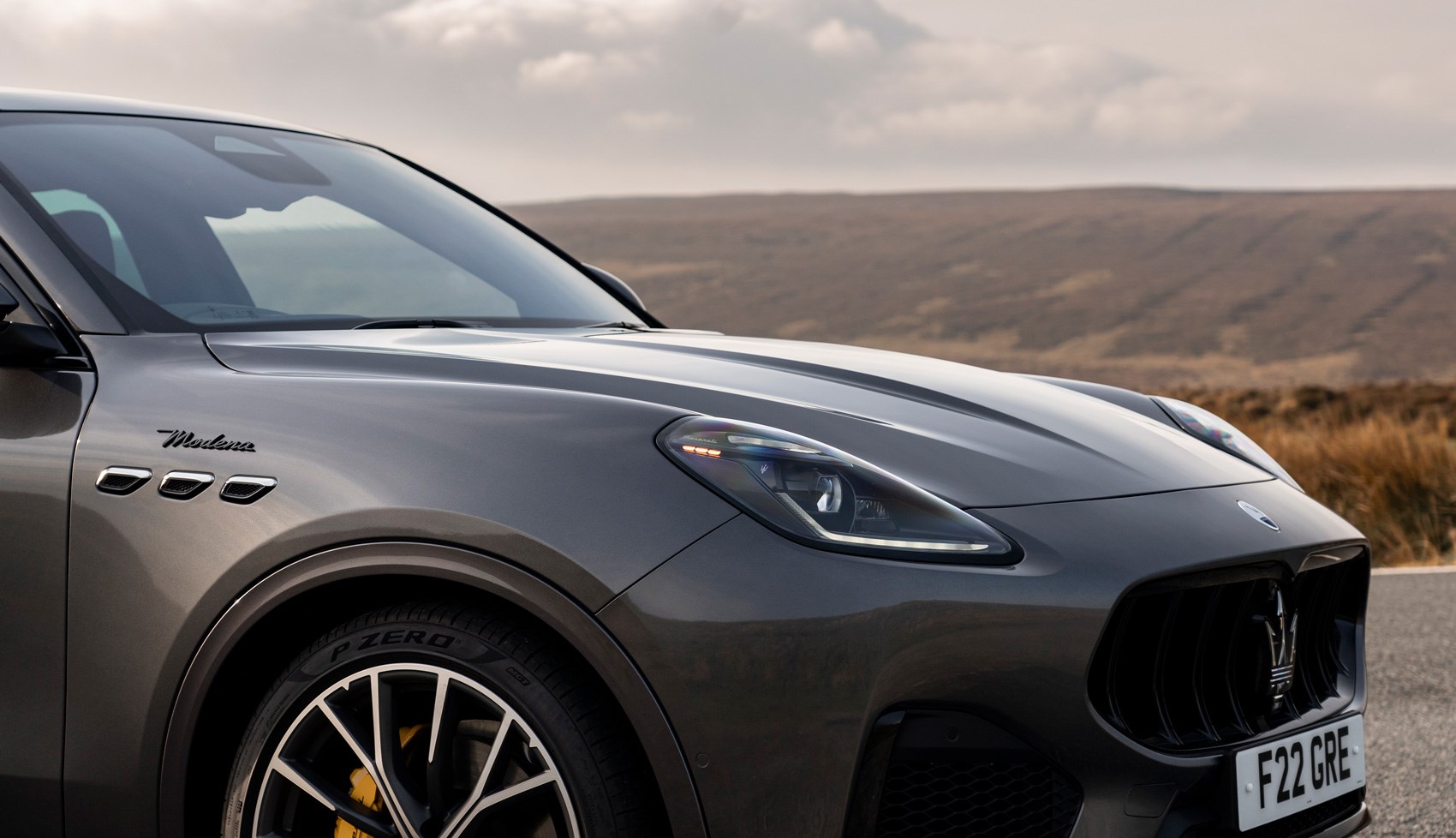
The entry-level four-cylinder mild-hybrid powertrain is based on that used in the Ghibli Hybrid, but it has been notably improved, despite a lower peak power figure. Still, nigh-on 300bhp is plenty for a 0-62mph time of 5.6 seconds. That’s made possible, no doubt, by the ‘e-Booster’ aspect of the 48-volt system, which is effectively an electric turbocharger, designed to offset the exhaust turbo’s lag and help enhance performance and efficiency. There’s a useful 332lb ft of torque from just 2000rpm, for example, but you never notice the electric part of the equation doing its thing. It sounds surprisingly fruity, too. The Grecale Trofeo, meanwhile, will hit 0-62mph in 3.8sec and takes 13.8sec to sprint from zero to 125mph.
Maserati will also do you an electric Grecale Folgore, which we’ve tested in a separate review here.
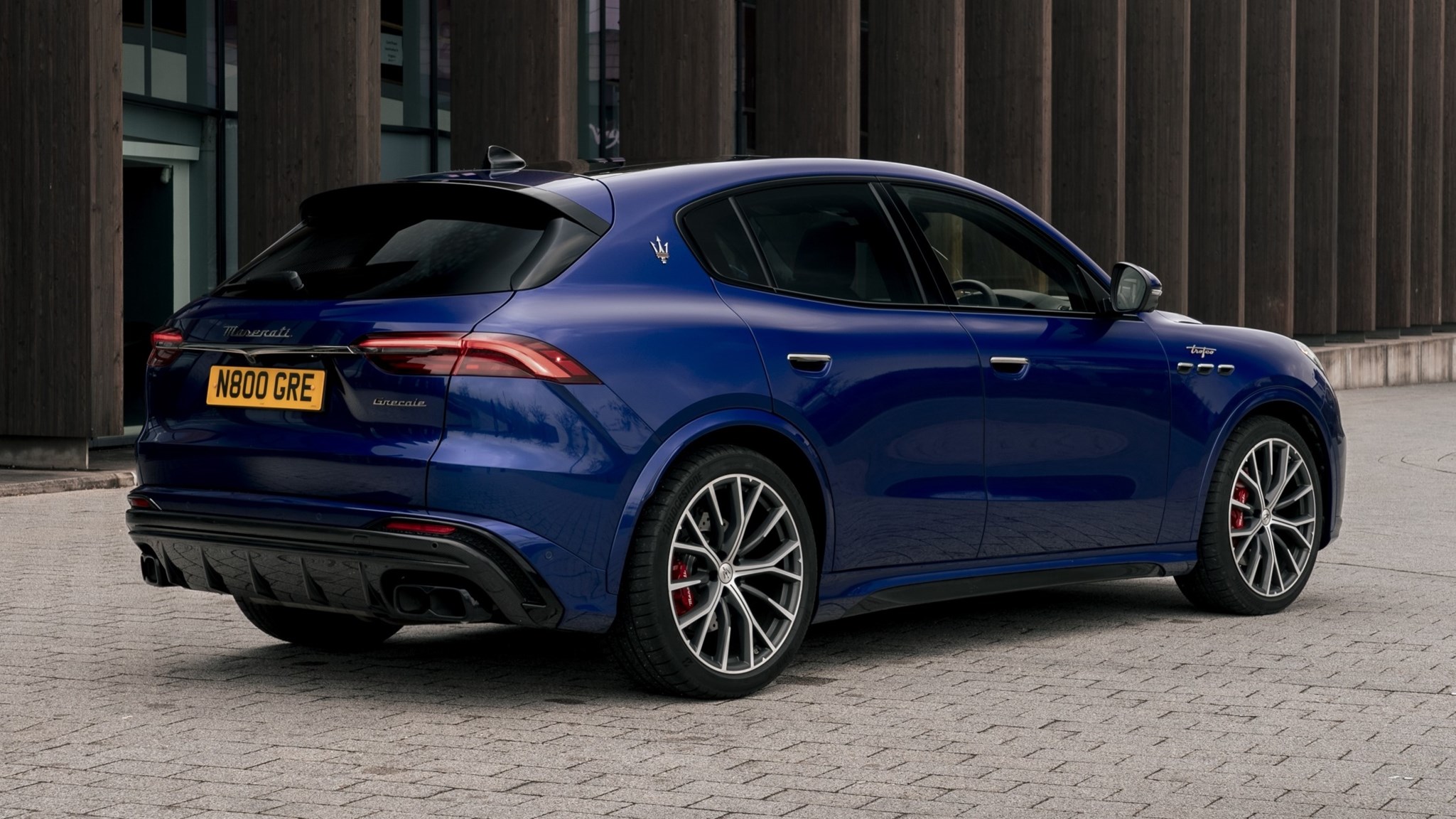
As for equipment, every model of Grecale feels generously equipped – with only some exterior visual differences (like wheel size and design, as well as badging and exhaust designs) really telling the GT, Modena and Trofeo models apart. Instead, you can add option packs that further enhance the driver assistance tech, for example.
What about the interior?
Quality is certainly a cut above the Stelvio, if not as solid as the Macan’s. The classic analogue Maserati clock in the middle of the dashboard is replaced by a round multi-functional digital device which can switch between different displays and an eye-like interface.
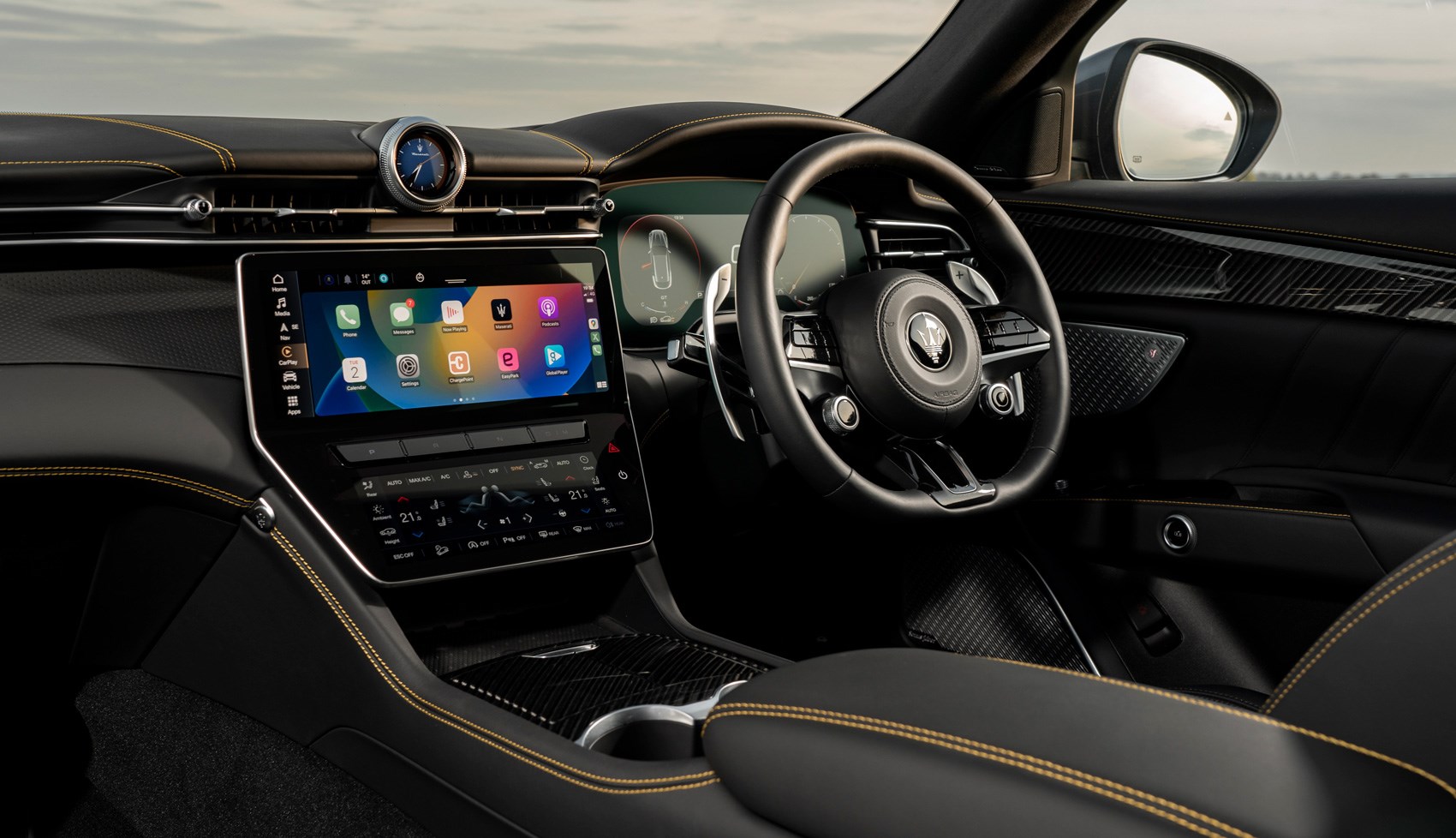
The digital instruments are clear and have a reasonable level of customisation, and they also change their design depending on the drive mode you’re in.
The main touchscreen, a 12.3-inch system, is the usual infotainment fare, though it runs the Android Auto operating system and has a neat tab-based interface that is new to Maserati. It looks sharp, but the menus take some getting used to.
Below it, another 8.8-inch panel slopes out from the dashboard, allowing control of the air conditioning, heating and lots of other sub-systems. While the interface makes sense, the sense of luxury is soon spoiled by it being an absolute fingerprint magnet – and it’s not the easiest to operate on the move. It’s also not helped that the smaller screen seems to clump a lot of random settings together; as well as climate and seat controls, you can change the lighting, clock design and more on it.
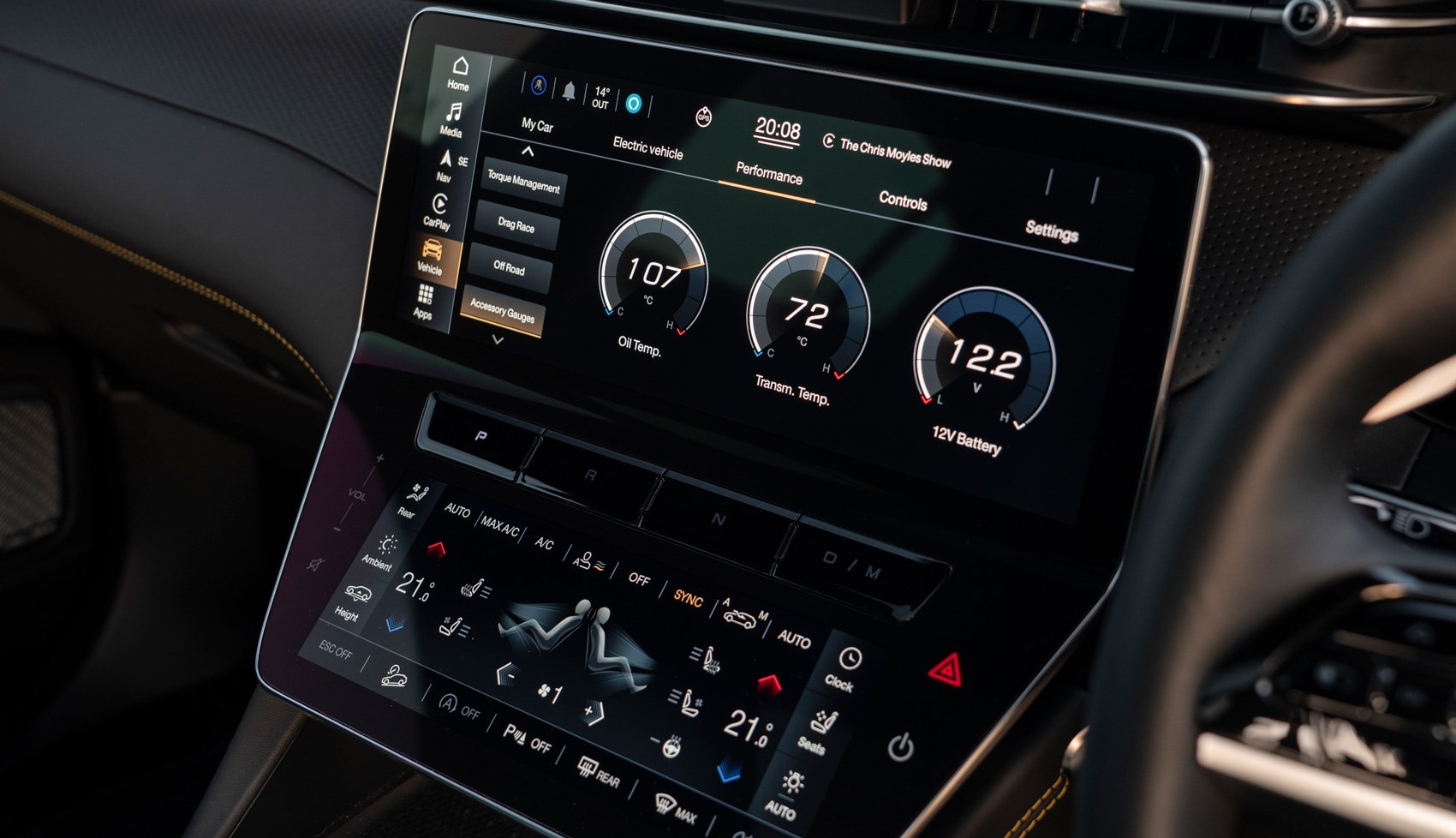
There are buttons between the two screens to operate the automatic gearbox, though you can take manual control with the ludicrously over-engineered (and rather beautiful) metal gearchange paddles behind the steering wheel.
Space up front is plentiful, and rear space is sufficient for a six-footer to sit in comfort, too. Trofeo models get a generous 570-litres of boot space, with hybridised models coming in at 535-litres – still more than that Macan. Another thing of note is the driving position – there’s plenty of adjustment available, and it doesn’t take long to get settled in. The front seats have quite chunky bolsters, mind – even the svelte among us will feel them hug tightly.
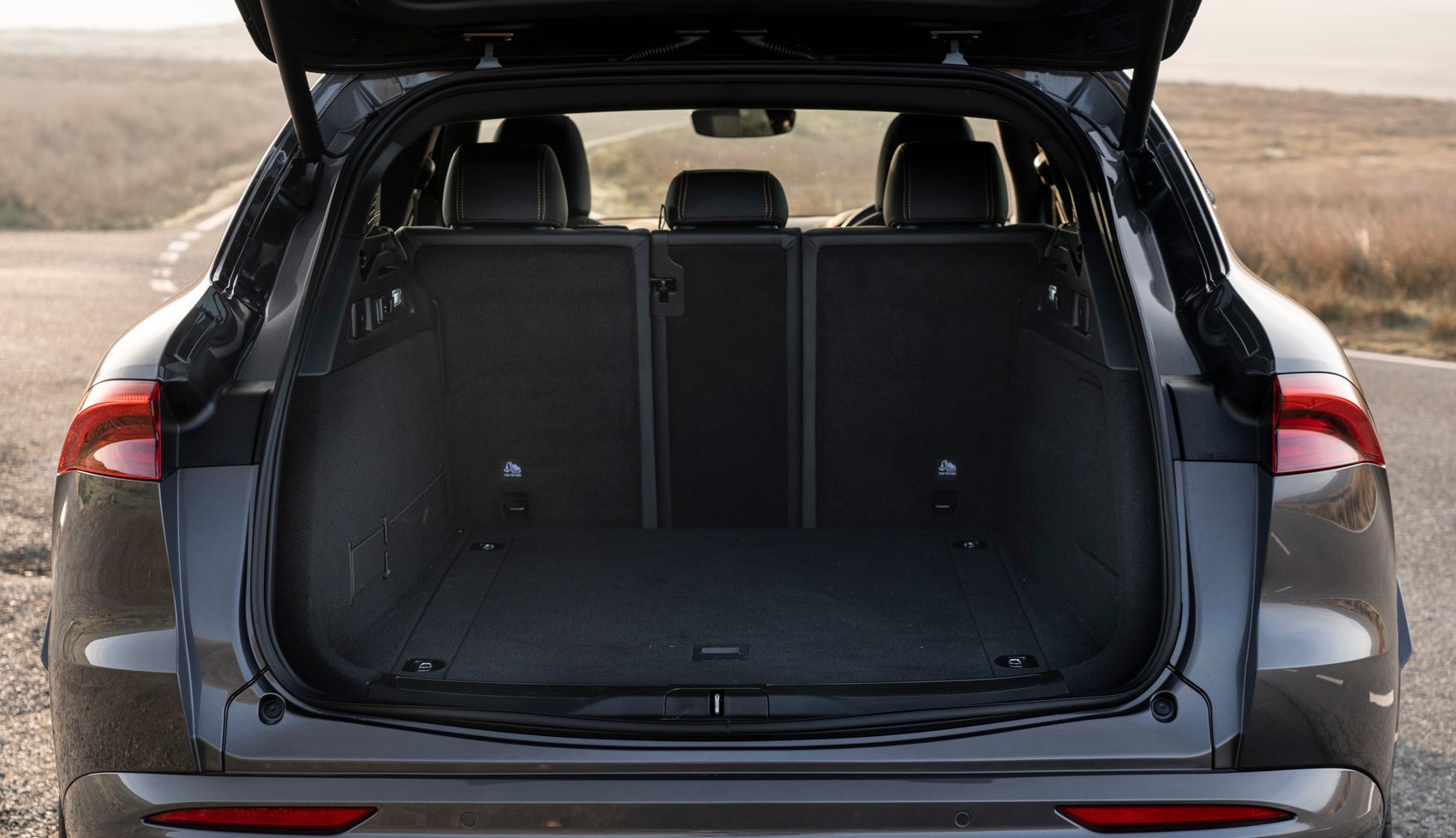
What frustrated most were the electronic door releases fitted, incorporating a flush door ‘handle’ on the outside that hides a button and one on the interior armrest for getting out. More than anything else, it feels like overengineering for the sake of it when a conventional handle will have done just fine.
How does it drive?
More than anything else, the Grecale feels solid to drive. Not overly twitchy or too light like an Alfa Romeo Stelvio, but not soft and stodgy like an Audi or Mercedes may be in this class. But, unfortunately for Maserati, the Grecale can’t quite keep up with a Porsche Macan.
Even so, there’s a lot to like when driving a Grecale. The steering is chatty and full of feel without being hyper-alert like in the Stelvio the Grecale shares its platform with, and it allows you to quickly get a feel for the car’s abilities.
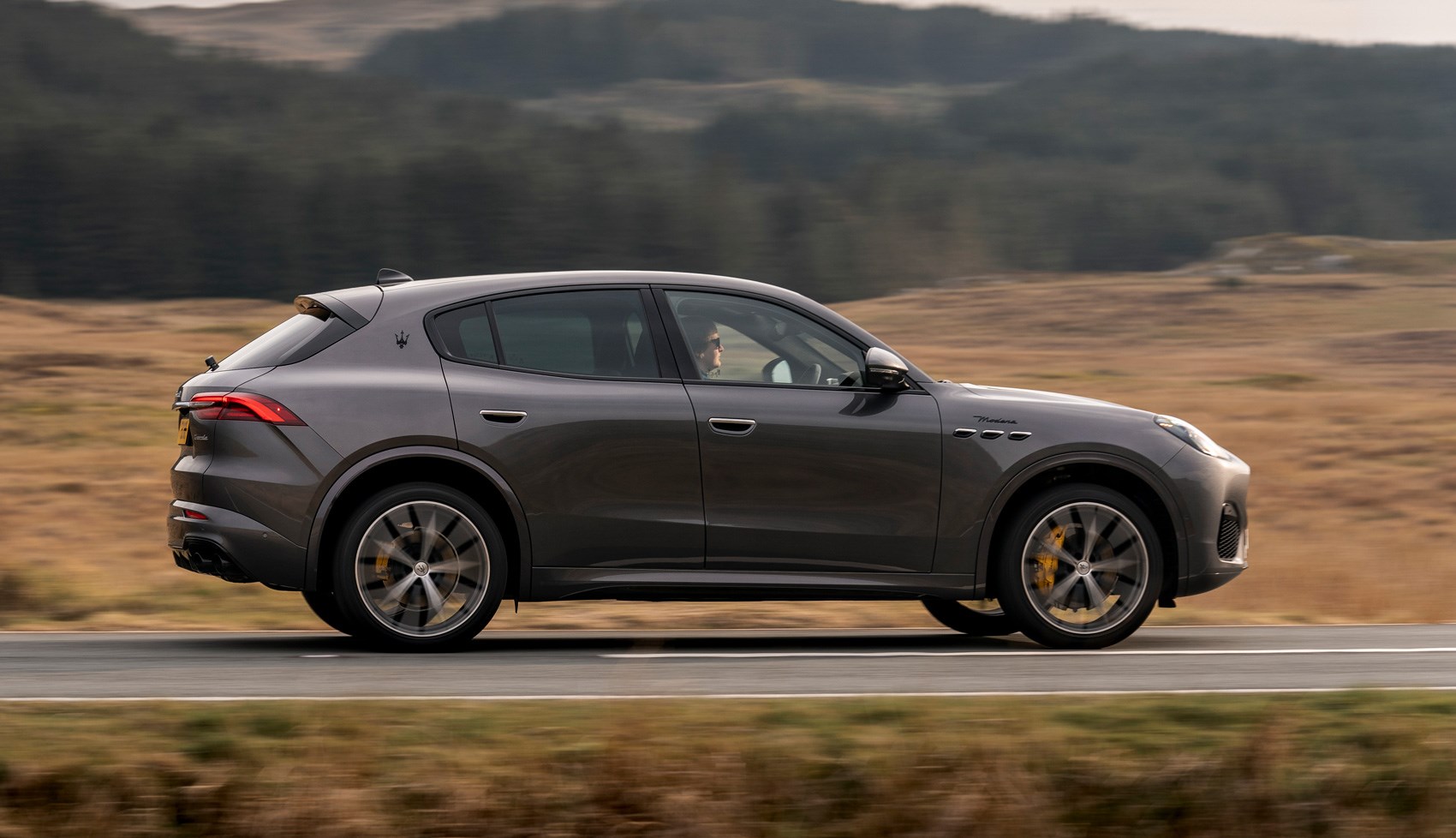
Adaptive air suspension certainly helps, too. The Grecale does have some roll engineered in – it’s not quite as flat around sharp corners as a Macan, for example – but you know where to place the car quickly on a back road. The air springs have a variable ride height depending on speed or drive mode, dropping down in Sport or after reaching a certain speed or raising if you’re in the car’s off-road mode. The car will also drop to an access height when you’re in Park.
The ZF-sourced eight-speed automatic gearbox shifts very smoothly and doesn’t really need the interference of a mere human to go about its business in an efficient manner. It does, however, tend to be a bit more ponderous in the more comfort-oriented drive modes and, at a motorway cruising speed, it does like to juggle between seventh and eighth frequently.
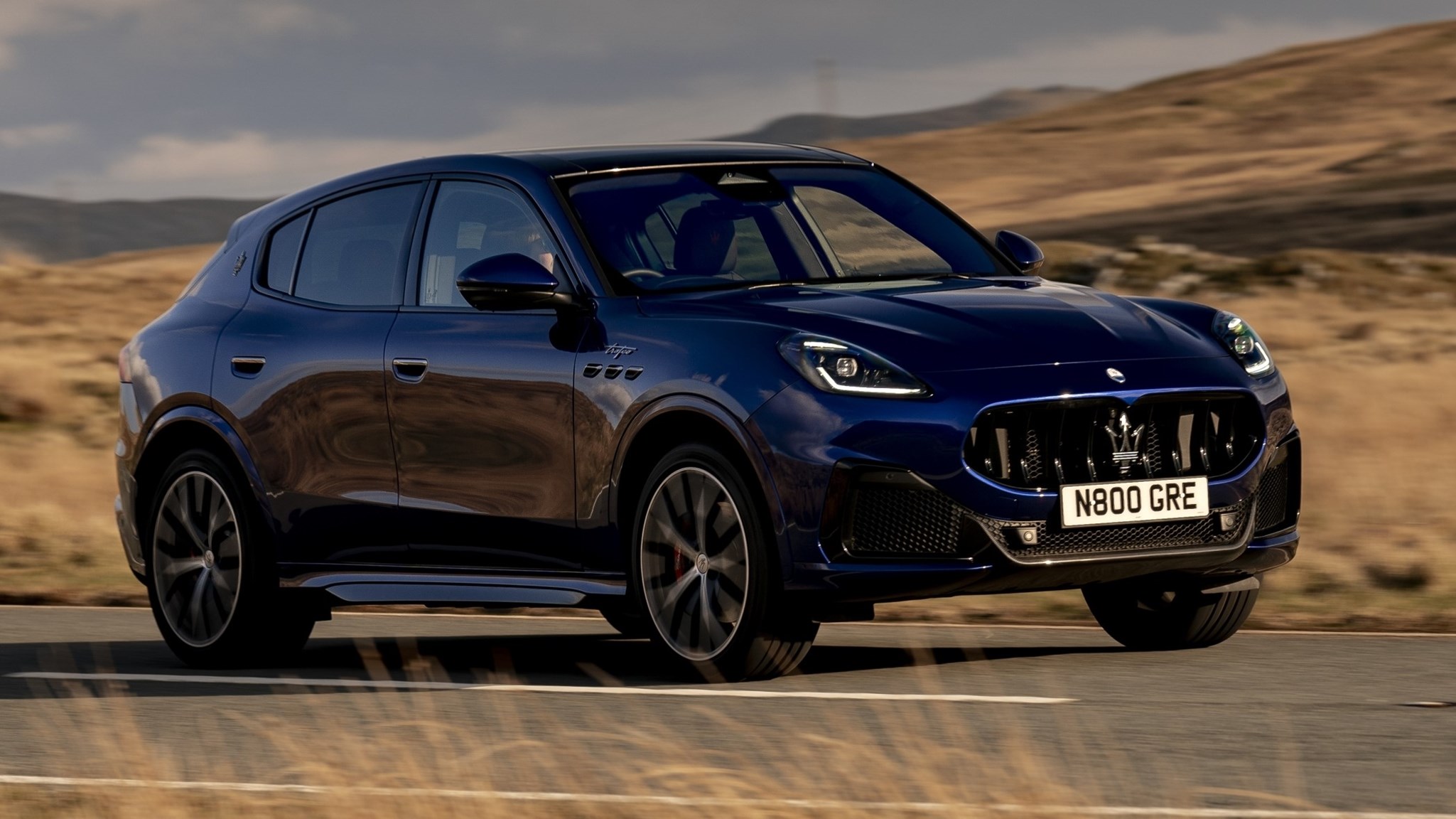
But the Grecale proves to be an engaging SUV to drive from the off, so you’re tempted to take control of the gear changing yourself by those fantastically crafted paddles. Our experiences with the Grecale Trofeo on the Continent also showed us it can be a properly engaging car to drive when you’ve got a good road, with its rear-biased all-wheel drive system and lax traction control in Sport mode.
Pick the Trofeo and things naturally get sharper and stiffer still. Trofeos have 21s and low-profile tyres, making it more jittery at low speeds. But it has a fierce turn of speed and sounds properly mean – meaner still than the Stelvio Quadrifoglio that happens to be about £20k cheaper, mind you.
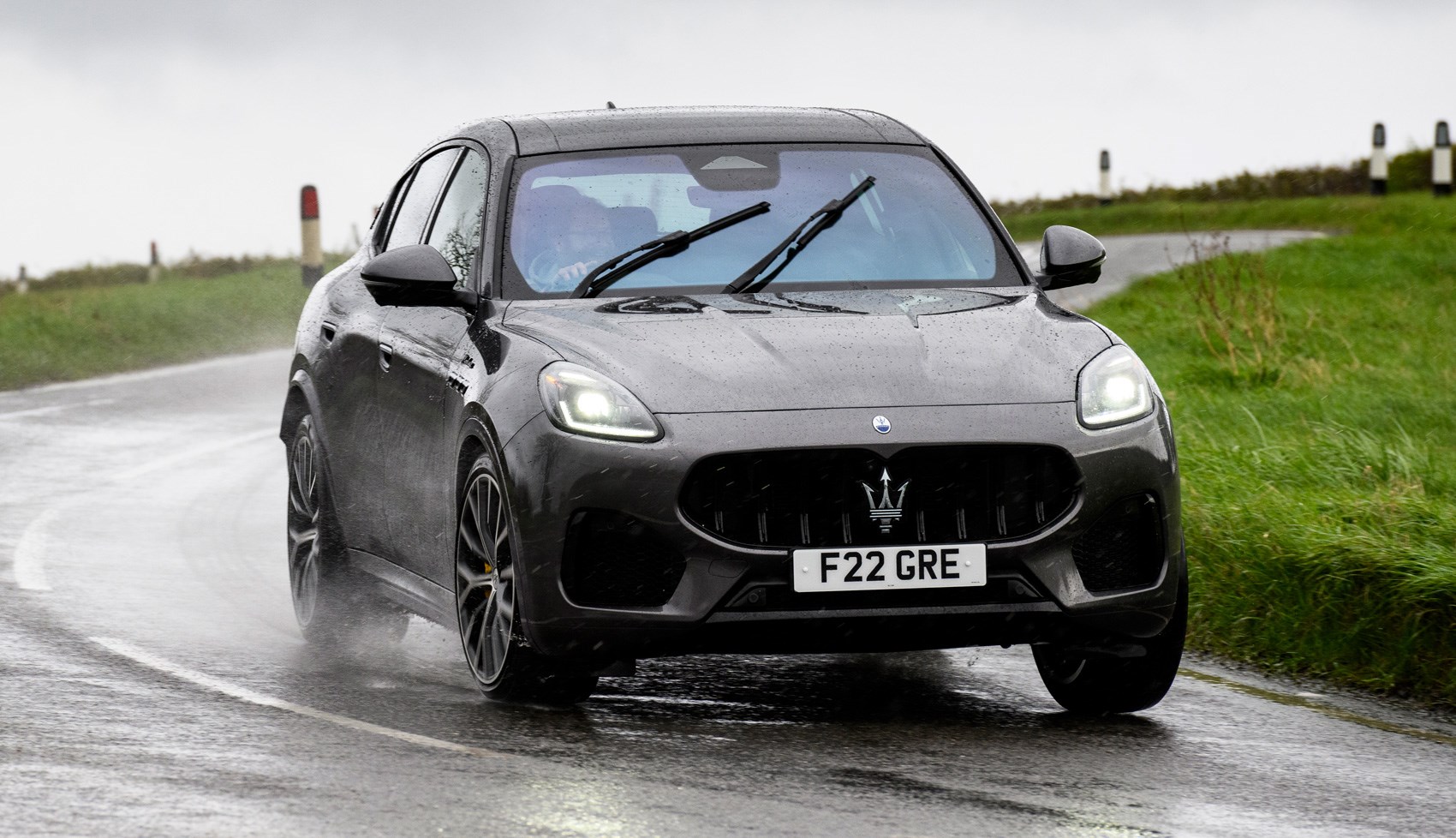
And, overall, a lot of these handling characteristics are dependent on tyre choice. Our experiences with a Modena model in the UK wearing Pirelli P Zero tyres wasn’t always smooth going. The tyres are grippy in the dry, but we quickly lost confidence in the car in damp or wet conditions, with the Grecale twitching driving over lane markings and reacting more than most cars to do big puddles. Maybe look at different tyres to get the best out of your Grecale, regardless of performance level.
Verdict: Maserati Grecale
It’s always hard entering into a popular segment quite late on. But there’s so much of the Grecale to like that it deserves its place here.
We’ll leave the opinions on its design up to you, but it certainly has some presence on the road regardless of spec. And, what that platform brings to the table is a premium SUV that is generally good to drive, spacious inside and is remarkably refined at a motorway cruise. That said, a Macan still pips it for outright handling ability.
There are some interior oddities – some become less weird over time, while others remain frustrating – but it’s a good and well-appointed place to spend time inside. If you choose a four-cylinder GT or Modena model, you won’t feel short-changed compared to the V6 Trofeo, either.
Overall, the Grecale is a flawed but interesting alternative to the countless other options you can buy in this class. But it’s likeable and gets under your skin, and is likely to successfully lure you in with its charm.
Specifications are for a Grecale Modena